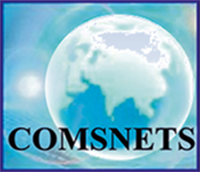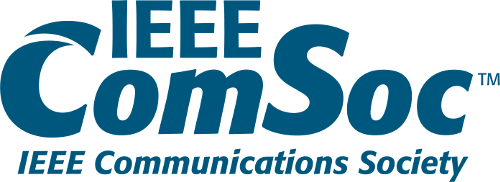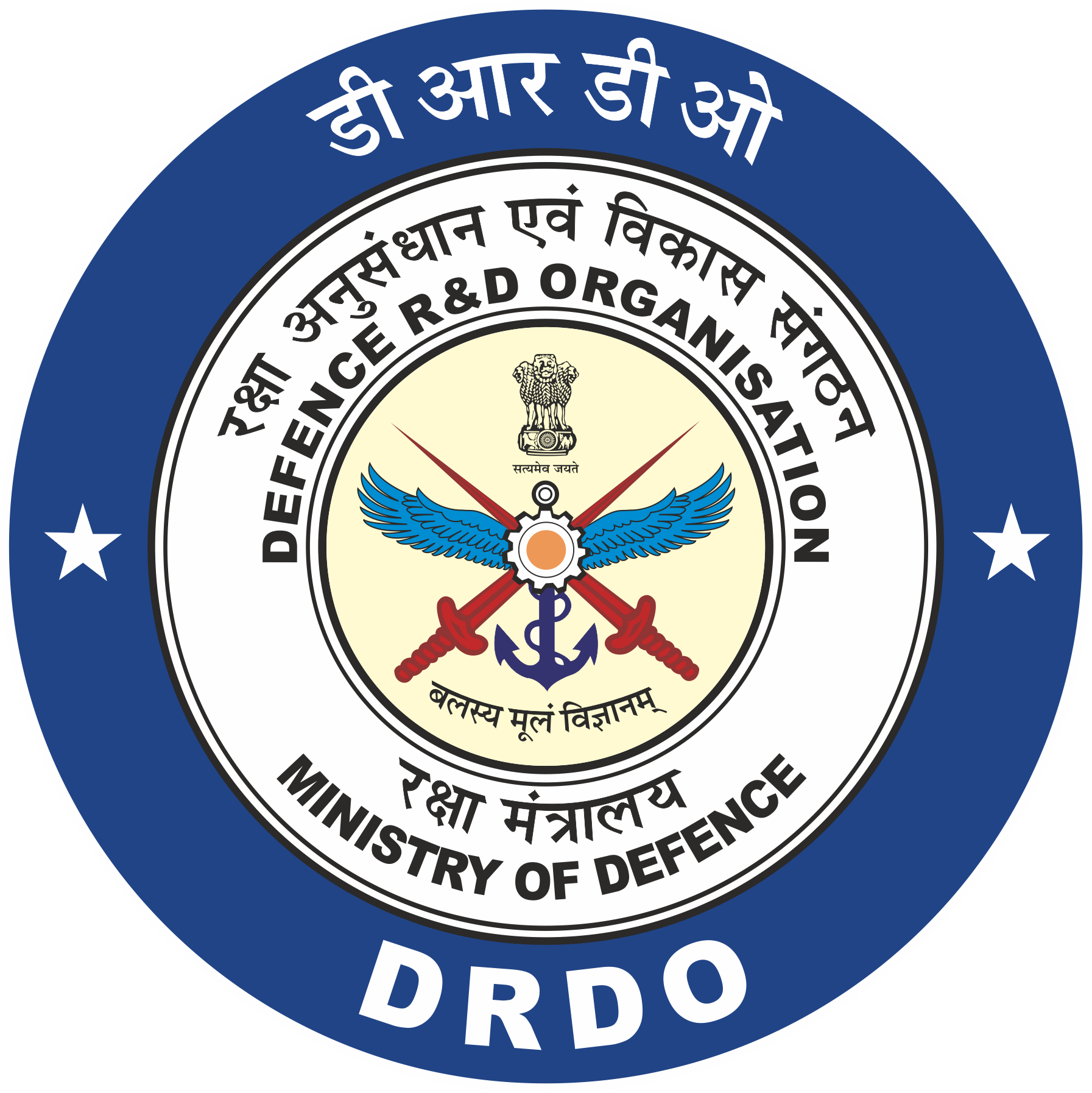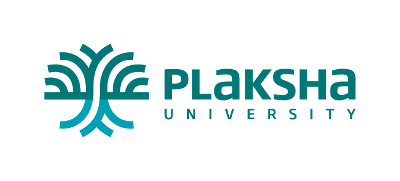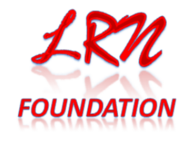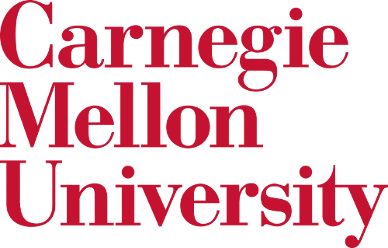Tutorials
The COMSNETS organizing committee is pleased to announce that the tutorials at the conference this year are complimentary. The tutorials can be attended virtually. Researchers and graduate students are strongly encouraged to take advantage of this unique opportunity. We have limited registrations available for these tutorials on first-come-first-serve basis.
Register for the tutorial using the following links:
- Tutorial # 1: Backscatter communication [3rd January]
- Tutorial # 2: Engineering Networks in the Sky: Challenges and Potential [3rd January]
- Tutorial # 3: Secure Positioning in Wireless Systems [7th January]
- Tutorial # 4: P4 Language and Programmable Data Planes [7th January]
Tutorial 1: Ultra-Low-Power Wi-Fi connectivity via Backscatter Communication: Theory, Prototypes to Integrated Circuits (Invited)
Dinesh Bharadia, University of California San Diego, USA
Manideep Dunna, PhD candidate, UCSD
3rd Jan: 10am-1pm | Virtual mode (online)
Emerging Internet-of-Things (IoT) devices for use in smart homes, wearable systems, industrial monitoring, smart cities, and beyond all require robust yet low-power wireless communications. Unfortunately, most current wireless standards do not intrinsically support low-power operation due to strict requirements on modulation formats, data rates, linearity, packet overheads, and so on. These restrictions impose minimum power consumption requirements for cellular standards (e.g., GSM, LTE, and 5G) and WiFi, but also surprisingly limit the ability of supposedly low-power standards (e.g., Bluetooth Low Energy and Narrowband-IoT) from reaching new application-enabling power levels.
This tutorial will outline the major challenges facing power reduction in modern wireless systems and will describe several possible solutions to these challenges while connecting to existing infrastructure. Specifically, we will explore the use of backscatter communication as a means to reduce the power overhead of communication systems with existing infrastructure. Then, we will discuss a variety of alternative communication schemes that can help to reduce the power of communication in WiFi systems by >1,000x through the use of WiFi-compliant backscatter communication via a code-word translation technique. We will then introduce new simulations, design techniques that would cover all aspects of backscatter communications while communicating with existing state of art WiFi communication. It would cover papers on this topic from publication: https://wcsng.ucsd.edu/ubiquitousIoT/
We would also towards the end the RFIC design based on the simulations of the system design to demonstrate 1000x savings. The topic is published in a form of multiple papers at NSDI, Sensys, ISSCC, and JSSC venues.
Tutorial 2: Engineering Networks in the Sky: Challenges and Potential
Karthikeyan Sundaresan, School of ECE, Georgia Tech
3rd Jan: 5pm-8pm | Virtual mode (online)
Mobile connectivity has become pervasive akin to a basic
utility like electricity or water. However, making this utility
available to a significant chunk of the world’s population in
several developing and rural parts of the world, is still not
economically viable. In addition, even in places, where such a
connectivity infrastructure exists, one cannot completely rely
on it in times of natural calamities and disasters, where it
can be significantly compromised. Thus, while mobile cellular
networks have ushered in an era of abundant data-rates,
their 5G vision to deliver true “ubiquitous” connectivity still
remains unfulfilled.
With recent significant advances in autonomous systems
(unmanned aerial vehicles, UAVs and terrestrial autonomous
ground vehicles, AGVs) and their proliferation in various
everyday applications (delivery, transportation, etc.), one can
now envision dynamic connectivity infrastructures that can
be deployed and torn down “on-demand” by leveraging such
platforms. This is further catapulted by the recent space
race to deploy LEO satellite-based internet connectivity, of
which project Starlink [1] and Kuiper [2] are great examples.
Such autonomous systems in the sky have the potential to
change the landscape of wide-area wireless connectivity by
bringing a new dimension – “mobility” of the cellular network
infrastructure itself. The goal of this tutorial is to expose the
audience to both the challenges underlying the end-to-end
design, as well as the potential unleashed by these new class
of networks.
Tutorial 3: Secure Positioning in Wireless Systems
Mridula Singh, CISPA Helmholtz Center for Information Security
Saarbrucken, Germany
Aanjhan Ranganathan, Khoury College of Computer Sciences
Northeastern University, Boston, USA
7th Jan: 11am-3pm (2-3pm lunch break) | Hybrid mode (physical + online)
With the development and deployment of numerous wireless mobile devices, ranging from smartphones to autonomous drones and self-driving cars, and the exponential growth in the Internet-of-Things field, it has become increasingly important to securely determine and verify location information. the numerous ranging and positioning systems in use today provide limited security and privacy guarantees and have repeatedly shown to be vulnerable to modern day cyber-physical attacks with severe implications: an attacker can gain entry into a restricted area, make fraudulent payments, steal property, deviate vehicles from their intended paths, or cause physical collisions in autonomous vehicles. Proving proximity in wireless systems isn’t a trivial task and must satisfy numerous design requirements to be secure and several designs have been proposed in literature. In this tutorial, we will provide an overview of techniques used by wireless positioning systems, expose their vulnerabilities, discuss the current state of standards and the an overview of existing secure ranging system designs. It is expected that the tutorial will shed light on the unique challenges that exist in designing and deploying secure and private positioning systems including open research opportunities. Finally, with the emergence of multiple proximity-based contact tracing systems due to the COVID-19 pandemic, location privacy is also becoming increasingly critical and the tutorial will highlight the fundamental trade-off that exists between designing secure and private positioning networks.
Tutorial 4: P4 Language and Programmable Data Planes
Praveen Tammana, IIT Hyderabad, India
Rinku Shah, IIIT-Delhi, India
Venkanna U, IIIT Naya Raipur, India
7th Jan: 3:15-6:15pm | Hybrid mode (physical + online)
Participans are requested to fill out this form: https://forms.gle/2hBvToYczVJAmQY6A
To support the ever-growing application demands for high
bandwidth, low latency, and high availability, the underlying
network architecture has gone through several changes. For
instance, in the 5G context, we have access-edge networks
providing services at the edge and the edges are connected
over core networks to talk to their counterparts in the cloud.
If we go a bit low-level, the infrastructure behind these novel
architectures is also changing fundamentally. Increasingly,
many network functionalities are disaggregated and the
functions that were traditionally running on special-purpose
proprietary hardware targets are now running on generalpurpose commodity hardware such as CPUs, SmartNICs,
and high-speed programmable whitebox
switches.
Software-Defined Networking,
programmable data planes, and P4 language, all together have
opened up a wide range of opportunities to solve network
problems considered difficult and complex in traditional closed
and fixed ASIC-based data planes.
The objective of this tutorial is to introduce the audience
to P4 language and P4-related software tools which
can be used to program packet-processing data planes (e.g.,
eBPF, DPDK, smartNICs, switches).
Tutorial Materials:
Link to the P4 tutorial VMhttps://drive.google.com/file/d/1cgZh2wtyT878_GvndVKl-xeNojpB1Ms1/view?usp=sharing
Since the VM image could be large, this document contains instructions to set up the P4 tutorial VM from scratc
https://docs.google.com/document/d/1IVi8S7uLP0e6UIpI8_wbSJV3dkn3PcjEgO4rPi8V-VA/edit?usp=sharing
For queries and updates; register with the Comsnets 2022 P4 tutorial slack channel
https://join.slack.com/t/p4tutorialcom-mmj5918/shared_invite/zt-10w6x01gj-Cu1ArDZivr37EQARdNbyzg
CFP for Tutorials
The 14th International Conference on COMmunication Systems and NETworkS (COMSNETS) will be held in Bangalore, India, during January 4 - 8, 2022. COMSNETS is a premier international conference dedicated to advances in Networking and Communications Systems. The conference is a yearly event for a world-class gathering of researchers from academia and industry, practitioners, and business leaders, providing a forum for discussing cutting edge research, and directions for new innovative business and technology.
COMSNETS 2022 invites tutorials from experts in their fields. Tutorials should aim to educate the audience on emerging topics. The preferred duration of a tutorial is 3 hours. We will also consider proposals for 6 hour tutorials. Presenters can choose a suitable format for tutorial, such as presentation or hands-on training. We encourage the tutorials to be interactive.
Due to the uncertainties caused by the COVID-19 pandemic, COMSNETS would allow the authors of accepted tutorials to participate remotely if they wish to do so.
Tutorial topics should be within the scope of COMSNETS that include but are not limited to the topics listed below:
- Backscatter communication
- Terahertz Communication
- Technologies for 6-100 GHz spectrum
- Campus/Town-Wide OpenRAN TestBeds
- Testbeds and large scale experimental platforms
- Long-range/Low-power wide-area wireless networking
- Connected unmanned aerial/terrestrial/underwater systems
- CubeSats / Satellite Networking
- Visible light communications
- Cognitive radio & white-space networking
- Energy-efficient communications
- Cloud computing
- Enterprise, data center & storage-area networks
- Internet architecture and protocols, Internet science & emergent behavior
- Mobility and location management
- Internet of Things (IoT)
- Information/Content centric networks (ICN)
- Network management and operations
- Network security and privacy
- Trusted computing
- SDN/NFV and Network Programmability
- Internet Measurement and Modeling
- Networks for smarter energy & sustainability
- Vehicular Networks & Intelligent Transportation
- Smart Grid communications & networking
- Machine Learning and AI in Networking
- Big Data/IoT Analytics in Networking
- Blockchain and Distributed Ledger
Submissions:
We solicit a maximum of 3 page abstract for tutorials. The abstract must include the following (1) Motivation, (2) Outline and topics covered, (3) Format of tutorial (eg. presentation, hands-on training, (4) Requirements for the attendees (eg. access to certain software, reading material, etc) (5) Indicate if the tutorial is suitable for hybrid in-person and online attendees, (6) Intended audience of the tutorial (7) Biography of tutorial presenters including their experience with the tutorial topic.
The abstract should use the same template as the main conference submission. Abstracts that do not adhere to the conference template will be rejected without review. All submissions must be in PDF format.
How to submit:
Please submit proposals through the EDAS submission portal using the same document format as the main conference submission. [Template Link]
Submission Link: https://edas.info/newPaper.php?c=28684
Important Dates
| Tutorial Sessions 1 and 2 | 3rd January 2022 |
| Tutorial Sessions 3 and 4 | 7th January 2022 |
For any questions related to tutorials, please send an email to comsnets2022-tutorials-chairs@edas.info
Tutorial Co-Chairs
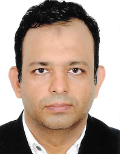
Azeem Khan
Oriental Education Society, India

Niranjini Rajagopal
Amazon, USA

Rahul Singh
IISc Bangalore, India
